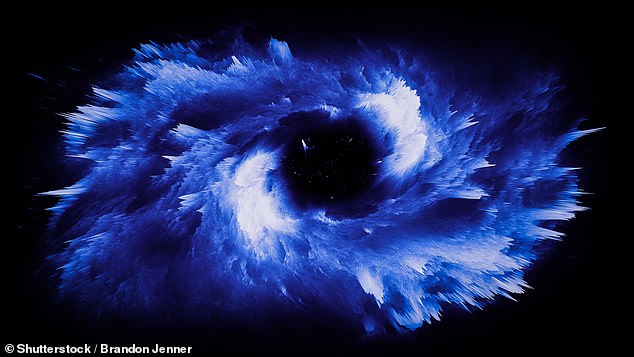Robert sent in this interesting link – https://www.dailymail.co.uk/sciencetech/article-6398599/All-glass-Earth-… … (and www.cardiff.ac.uk/news/view/1371708-glass-made-from-exploding-stars … ) … all the glass in the world comes from exploding stars (supernovae). More properly, from sand – as silica sand is what glass is made from (and don't forget the flint and chert, which is a silica). Sand, and therefore glass, has its origin in the hearts of dying stars that exploded during a supernova event (s). Is this the latest wheeze to draw our attention? Spernova, it has been found, redistribute silica (and sand) around the universe. Silica is abundant in space – as dust grains as much as within stars and planets (a main constituent of our Earth's crust and mantle). NASAs Spitzer Space Telescope was used to detect a fingerprint of silica in two separate supernovas. This was diagnosed via the specific wavelength of light the supernova emitted, and data from ESAs Hershcel Space Observatory provided an estimate of the amount of silica produced by each explosion.
Silica makes up 60% of Earth's crust and is even found in meteorites. One may wonder if the silica is prsent in all stars and supernovas simply release more silica around space. The same story is at https://phys.org/print461597456.html …
 … and the focus of the press release is that silica released in space ends up in the glass of your windows and bottles and glassware as silica as sand is the main constituent. This is reminiscent of Gary Gilligan's book on sand from space which came out a couple of years ago. If space dust contains a lot of silica it must be falling into our atmosphere all the time.
… and the focus of the press release is that silica released in space ends up in the glass of your windows and bottles and glassware as silica as sand is the main constituent. This is reminiscent of Gary Gilligan's book on sand from space which came out a couple of years ago. If space dust contains a lot of silica it must be falling into our atmosphere all the time.
